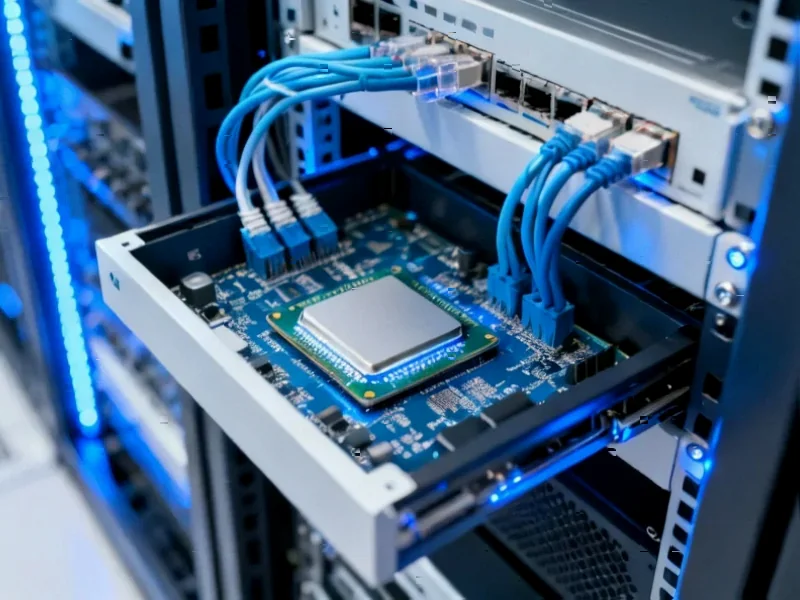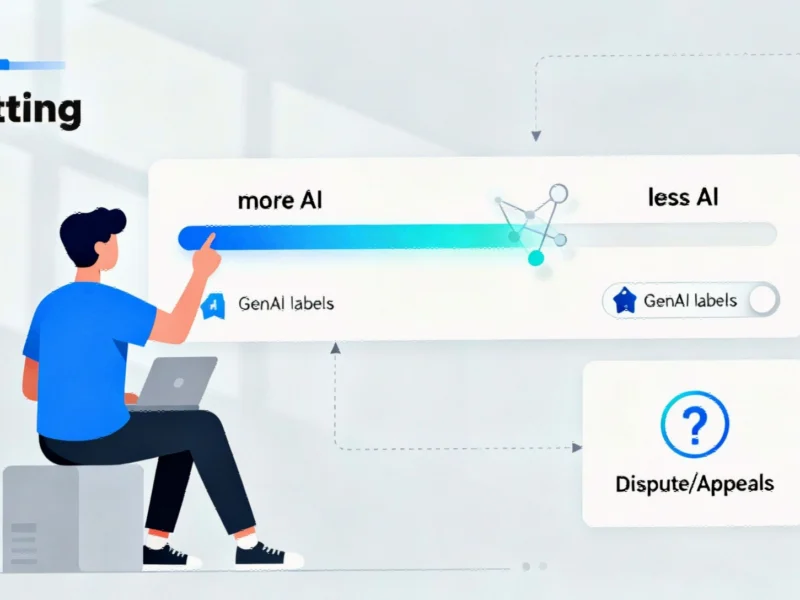According to PYMNTS.com, OpenAI CEO Sam Altman revealed that the company’s revenue has exceeded the widely reported $13 billion figure and is growing steeply. During a podcast appearance, Altman suggested the company could reach $100 billion in revenue by 2027, earlier than the 2028-2029 timeframe suggested by hosts. This comes alongside OpenAI’s $38 billion agreement with AWS announced Monday, enabling OpenAI to run AI workloads on AWS infrastructure with access to hundreds of thousands of Nvidia GPUs. Altman also outlined plans in an October 29 X post to build an AI factory capable of producing 1 gigawatt of compute per week at reduced costs, with the company committing to about 30 gigawatts of compute at a total cost of ownership around $1.4 trillion. These developments occur amid reports of a potential IPO valuing OpenAI at up to $1 trillion, possibly filing in the second half of 2025.
The Revenue Growth Reality Check
While Altman’s revenue projections are staggering, the path from $13 billion to $100 billion in three years represents one of the most aggressive growth trajectories in technology history. For context, it took Amazon nearly a decade to achieve similar revenue scaling from its cloud division. The assumption that enterprise AI adoption will continue at its current explosive pace ignores several market realities: increasing competition from open-source alternatives, regulatory headwinds across multiple jurisdictions, and potential saturation in the enterprise software market where AI capabilities are becoming table stakes rather than premium features. The gigawatt-scale compute ambitions Altman describes would require unprecedented infrastructure build-out that faces physical constraints in chip manufacturing, energy availability, and data center construction timelines.
The $1.4 Trillion Compute Gamble
OpenAI’s commitment to approximately 30 gigawatts of compute capacity represents a bet of historic proportions in technology infrastructure. To put this in perspective, the entire global semiconductor industry currently consumes around 0.5% of world electricity—OpenAI’s planned capacity would represent a significant portion of that. The AWS partnership structure suggests OpenAI is effectively mortgaging future revenue against current compute capacity, creating enormous operational leverage that could become problematic if growth slows. This level of commitment assumes continuous breakthroughs in model capabilities that drive corresponding revenue growth—a dangerous assumption given the diminishing returns we’ve seen in recent model iterations and the increasing costs of training each new generation.
The Strategic IPO Timing Puzzle
The reported timing for a potential 2025 IPO filing raises questions about OpenAI’s capital strategy. Going public while simultaneously making trillion-dollar infrastructure commitments creates conflicting incentives between quarterly earnings pressure and long-term R&D investment. Altman’s unusual comment about wanting to “hurt short sellers” suggests a confrontational approach to public markets that could backfire, especially given the volatility inherent in AI stocks. More fundamentally, public market investors may struggle to value a company making such enormous capital expenditures with uncertain payback periods. The $1.4 trillion total cost of ownership figure implies decades of infrastructure investment that would dramatically change the company’s financial profile and risk exposure.
The Changing Competitive Landscape
OpenAI’s aggressive expansion comes as the competitive landscape undergoes significant transformation. The company’s first-mover advantage is eroding as Microsoft, Google, and Amazon integrate similar capabilities directly into their cloud platforms, while open-source models from Meta and others continue to close the performance gap. More concerning for OpenAI’s growth narrative is the emergence of specialized AI providers focusing on specific verticals or use cases, potentially fragmenting the market that OpenAI hopes to dominate. The company’s bet on massive scale assumes that bigger models and more compute will maintain competitive advantage, but we’re already seeing evidence that efficiency and specialization may prove more valuable in many enterprise applications.
The Execution Risk Factors
The sheer scale of OpenAI’s ambitions introduces execution risks that could derail even the most well-funded organization. Building the equivalent of multiple nuclear power plants’ worth of compute capacity requires solving challenges in power availability, cooling infrastructure, chip procurement, and talent scaling simultaneously. Supply chain constraints for advanced semiconductors, particularly given geopolitical tensions, could dramatically slow deployment timelines. Meanwhile, the company must continue innovating on its core models while managing an increasingly complex enterprise customer base and navigating regulatory scrutiny across multiple continents. History shows that technology companies attempting this kind of simultaneous scaling across multiple fronts often stumble on operational complexity rather than technological limitations.




